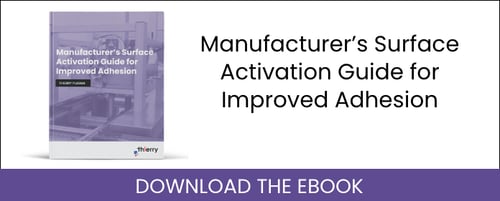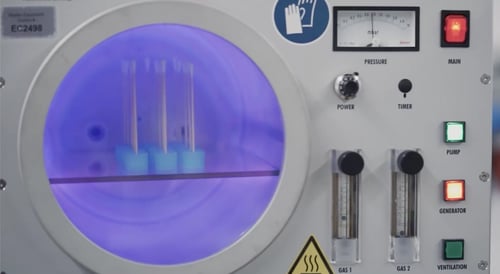In many manufacturing processes, covering parts or surfaces with a coating is done to give that object or surface certain desired characteristics such as scratch resistance or water resistance. These coatings are meant to be extremely thin so as to not change the geometry of the part being manufactured. Ultra-thin layers of a material that are deposited onto parts or surfaces are called
evaporated coatings.
Evaporated coatings are produced by evaporating a source material into a vacuum chamber with the target object also inside. The material vapor then condensates onto the object and creates a micro thin
evaporated coating on the exposed surfaces.
Methods of Applying Evaporated Coatings
Evaporated coatings can be applied using several methods. Each method has its advantages and specialty. Plasma sputter coating is one method that uses plasma ions to vaporize the
evaporated coating material. Chemical vapor deposition is a plasma process that uses gaseous monomers that are introduced into a chamber and that are then deposited onto the desired surface. The simplest method to deposit
evaporated coatings is using a high temperature and low pressure vacuum chamber to vaporize the coating material, however this method is not as precise or effective as the two previous techniques.

